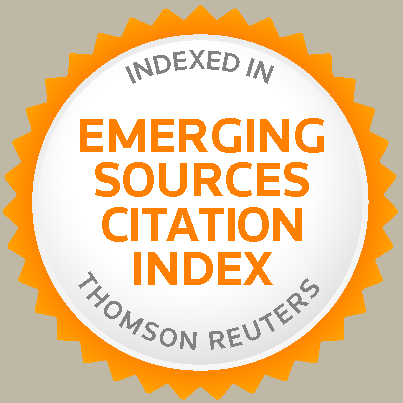European Plots in N. A. Nekrasov’s Epic Poem Who Can Be Happy and Free in Russia? The Last One as Don Quixote
Abstract
Nekrasov’s epic poem Who can be Happy and Free in Russia? is traditionally regarded as a realistic work whose poetics is based on Russian folklore. In the article, we suggest a different view and argue that the fund of European literary plots was no less important for the poet. We show that the chapter of the poem The Last One is an original variation of the plot model of the second volume of Cervantes’s novel Don Quixote (the stay of the knight in the dukes’ castle). Nekrasov consistently used the plot collisions of Don Quixote, forcing Prince Utyatin, like the knight, to find himself in a theatrical reality, which the hero takes at face value. Nekrasov also varied the characterology of Cervantes’s heroes: like Don Quixote, the Last One is an insane hero who believes in ideals of the past, whose views are shared only by a devoted servant. In the article, we discuss in detail both the nuances of the transformation of Cervantes’s novel in Nekrasov’s epic poem and the historical context. We reveal the genesis of the poet’s ideas about Don Quixote, and also analyze the difference between Nekrasov’s transformation of Cervantes’s novel and other classical works of Russian literature. The article’s subject allows us to assert that in Who can be Happy and Free in Russia? Nekrasov did not always describe reality—he also constructed the folk according to models of high elitist texts.
DOI: 10.31168/2305-6754.2024.1.05
Keywords
Full Text:
PDF (Русский)References
Aikhenvald Yu., Don Kikhot na russkoi pochve, New York, 1982.
Bagno V. E., “Don Kikhot” v Rossii i russkoe donkikhotstvo, St. Petersburg, 2009.
Besedina T. A., Epopeia narodnoi zhizni (“Komu na Rusi zhit′ khorosho” N. A. Nekrasova), St. Petersburg, 2001.
Bocharov S. G., O khudozhestvennykh mirakh, Moscow, 1985.
Bogdanova O. V., O poeme N. A. Nekrasova “Komu na Rusi zhit′ khorosho”, St. Petersburg, 2021.
Korkonosenko K. S., ed., Ispanskaia literatura v russkikh perevodakh i kritike: Bibliografiia, St. Petersburg, 2019.
Levin Yu. D., Stat′ia I. S. Turgeneva “Gamlet i Don Kikhot”, N. A. Dobroliubov. Stat′i i materialy, Gorky, 1965, 122–164.
Levin Yu. D., Kommentarii: I. S. Turgenev. Gamlet i Don-Kikhot, Turgenev I. S. Polnoe sobranie sochinenii i pisem v 30 tomakh, 2nd ed., 5, Moscow, 1980, 506–524.
Lyubimova E. N., Servantes i Turgenev, Servantes i vsemirnaia literatura, Balashov N. I., Mikhailov A. D., Terterian I. A., eds. Moscow, 1969, 181–198.
Nekliudov S. Yu., Metodologicheskie somneniia — predel, peredel i bespredel interpretatsii: Savelii i Khristian, Nekliudov S. Yu., Literatura kak traditsiia. 1. Temy i variatsii, Moscow, 2016, 23–44
Orova G. K., H. C. Andersen’s Popularity as a Cultural Phenomenon in Russia in the Late 19th — Early 20th Centuries, Scandinavian Philology, 2017, 1, 98–109.
Piskunova S. I., Ot Pushkina do “Pushkinskogo doma”: ocherki istoricheskoi poetiki russkogo romana, Moscow, 2013
Piskunova S. I., Roman Servantesa “Don Kikhot”: genezis, poetika, smysl, Moscow, 2020.
Vdovin A., Krest′ianskii panteizm na eksport: “Muni-Roben” Zhorzh Sand, “Kas′ian s Krasivoi Mechi” I. S. Turgeneva i ideologiia prozy o krest′ianakh 1840-kh godov, Wiener Slawistischer Almanach, 93: Ideologicheskie konteksty russkoi kul′tury 19–20 veka i poetika perevoda, Frankfurt-am-Mein, 2017, 89–97.
Vdovin A., “Unknown World”: Russian and European Aesthetics and the Problem of Representing Peasants in Mid-Nineteenth-Century Literature, Novoe Literaturnoe Obozrenie, 2016, 5, 287–315.
Refbacks
- There are currently no refbacks.
Copyright (c) 2024 Andrey S. Fedotov, Pavel F. Uspenskij

This work is licensed under a Creative Commons Attribution-NoDerivatives 4.0 International License.









